Summing up:
The myth of Robert Capa’s D-Day, as publicly initiated by Capa himself, constitutes a classic example of the form of fraud roundly condemned as “stolen valor” by those who have served in the military.
As is typical of Capa’s prose, in the D-Day section of Slightly Out of Focus wry humor and superficial self-deprecation mask sly self-aggrandizement. While Capa was briefly present on Omaha Beach on D-Day, he lied about virtually every detail of his experience there: the wave with which he landed, the timing of his arrival, the level of enemy fire he faced, the amount of time he spent on Easy Red, his actions during that period, the distance he traversed once there, the people he met, the number of exposures he made, the condition of the landing craft on which he departed, and his own condition upon returning to the U.S.S. Samuel Chase. Bluntly put, save for the fact that he set foot on the sands of Omaha Beach not one word of Capa’s account proves true.
To further enliven an otherwise humdrum scenario — he landed on a lightly defended stretch of Omaha Beach, made ten exposures, and left — Capa also threw in the obligatory postwar Hollywood melting-pot mix of stock front-line characters for any war movie: the “Negro boatswain,” the midwestern farmboy, the “Jewish medic,” and the “Irish padre” — missing only the street-smart, wisecracking Italian.
Capa had obvious motives for spinning this self-serving tall tale: the juicing up of a key scene in a book that he hoped would find a wide readership, enabling him to sell it to Hollywood as a movie treatment, which would enrich him financially while enhancing his already considerable professional reputation and celebrity status. Clearly that mattered more to him that an honest rendering of his experience. Nothing either heroic or significantly creative about it.
After all, even Capa’s most ardent public defender — the late Richard Whelan, his authorized biographer — had this to say about the photographer he championed, going back to Capa’s mid-1930s coverage of the Spanish Civil War:
… [E]vidently he felt he had to provide exaggerated tales of danger to accompany his photographs, no matter how strong they were in their own right. … [H]is exploits had to sound (even if they couldn’t always actually be) in proportion to the reputation of Robert Capa, whose exaggerated identity was made up in the first place. And, anyway, the always shrewd Capa knew that the more he could persuade his editors that he had placed his life in danger to get his photographs, the more they would feel bound to pay him. The fabrication of his legend was no longer simply a matter of entertaining his friends, it was also a matter of business. The legend paid off. (Robert Capa: A Biography, p. 105.)
Consequently, the active propagation of this myth for profit, first by Capa and then by various other individuals (such as John Morris) and institutions, sheds a harsh, unflattering light on their ethics, and on their commitment to the truth.
•
Setting aside the predictable condemnations of blasphemy from diehard Capaphiles (and Morrisphiles), and the imputations of self-promotional motives on my part from those inclined to amateur psychoanalysis, the two most frequently registered objections to our research have come in the forms of tone-policing and accusations of paranoia.
The tone police take offense at the impolite, prosecutorial voice in which we have couched much of this investigation. While my collaborators have shown themselves no less harshly judgmental, I bear the brunt of the negative response to our tone — only fair, since the bulk of the research and writing bear my name. I have addressed the issue of tone in an earlier post; let me engage now with those who deride my conclusion that the making of the Capa D-Day myth involves conspiracy.
To begin with, conspiracy comes in different forms. There’s the active conspiracy, in which individuals and institutions knowingly collude with each other to achieve mutually beneficial goals. There’s the conspiracy of silence, in which individuals and institutions stand aside, stay mum, and simply let matters take their course, so long as that favors their interests. And then there’s what Victor Gold, former press secretary to Vice President Spiro T. Agnew, called “osmotic conspiracy,” in which individuals and institutions tacitly but energetically serve what they understand as their common purposes.
I propose that what I refer to as the Capa Consortium partakes of all three of the above forms. Its key members, living and dead — Robert Capa, John Morris, Cornell Capa, Richard Whelan — knew each other as friends and colleagues, working together for years in several configurations and various capacities. The subsidiary figures — the other staffers at LIFE during Capa’s and Morris’s time there, the other members and subsequent executive directors of Magnum Photos, Cynthia Young and other curatorial and management figures (such as Brian Wallis) at the International Center of Photography, Donald Winslow at the National Press Photographers Association — have shared histories and assorted allegiances to those individuals and organizations.
To suggest that these complex entanglements stretching over decades involve no conscious, coordinated activity protecting and furthering the Capa myth would be naïve at best. The decision made circa 1981-82 by Cornell Capa, Whelan, and Morris to bury the letters they received from Hansel Mieth recounting Robert Capa’s confession that he made “The Falling Soldier” during the course of war games staged on his behalf belies that notion, serving as a working definition of active conspiracy. The 2002 letter from Cornell Capa’s lawyer to the producer of Patrick Jeudy’s film about Capa, written on behalf of Cornell himself, the ICP, Magnum Photos, Richard Whelan, and John Morris, attempting to intimidate said producer into abandoning the project, proves the pattern.
In the face of the available evidence of such deliberate, documented, collective guarding of the Capa myth in general, we surely have no reason to doubt that it applies no less to securing and promulgating the Capa D-Day myth, another linchpin in the overall legend. And if we know for certain that these functionaries took aggressive steps to quash any nay-saying, while energetically furthering the legend, only a fool would believe that no silent or osmotic conspiracies obtained during those same years.
Seeing this, and naming it as conspiratorial, does not require the mental condition we call paranoia. It simply demands that one accept the wisdom of the basic precept of detective work and Marxian analysis: Follow the money (a/k/a cui bono, or who profits?). Every individual and organization or institution belonging to what I’ve dubbed the Capa Consortium has benefited professionally, and in most cases financially, from the propagation of the Capa D-Day myth, and will continue to do so as long as the myth endures.
•
About the responses to date: The reactions our project has evoked have ranged from indignant, even outraged, denial and repudiation to enthusiastic endorsement.
Perhaps not unpredictably, most of the respondents from the hostile end of the spectrum have signaled in various ways that they chose not to engage directly with our research (beyond brief samplings thereof); some have even declared that as a point of pride. Instead, they have based their reactions on one or another synopsis of our research — which, however exemplary I may consider their particular choice of summary, remains just that. You don’t assess a book by the copy on its jacket flap, no matter how well-written, or by its reviews, or by skimming a few chapters. (See my 2013 series, “How to Talk Through Your Hat.”)
Notably, none of those who deny the legitimacy of our investigation and the credibility of our analyses have offered any tangible evidence invalidating our conclusions. The absence of any actual refutation of our research supports the assumption of its overall accuracy.
This holds true especially because, in lieu of mustering reasoned argument and supportive evidence, these respondents mostly resort to name-calling, ad hominem attacks, tone-policing, and simple contradiction minus any proof — varieties of snark without substance. Its purveyors would do well to acquaint themselves with the different levels of argument, nicely summarized in the chart atop this short version of Paul Graham’s “How to Disagree.” (Click here for the full version, minus the helpful pyramid chart.)
Conversely, the support for our project has come primarily from people who took the trouble to delve deeply into our research, considering both the evidence we have brought forward and our interpretations thereof. If you doubt what may seem a simplistic division into two camps, the know-nothings versus the informed, I urge you to spend time with these two types of commentary, to which you’ll find links scattered throughout my posts.
•
The knee-jerk defense of Capa boils down to this: he did land on Omaha Beach that morning; he went there voluntarily, even if reluctantly; he put his life in danger by doing so; he came back with enough pictures to satisfy his editors; and several of them became iconic.
But one could say pretty much the same about any of the journalists there that day — who, like Capa, were there as professionals, with a job to do, who faced the same (or greater) dangers and terrors, and the vast majority of whom moved forward, not back. The military photographers and cinematographers who landed on Omaha Beach got closer to the action than did Capa; why do we not celebrate their daring? That Capa got just enough imagery to enable John Morris, and LIFE, to squeak through does not gainsay the fact that by the standards of combat photography then and now he failed to provide full coverage of one of the greatest stories of that war or any other, and did not even live up to his own criterion: he did not get “close enough.”
We’ll likely never know whether Capa left Easy Red so quickly out of fear or cold calculation. Contemplating the lopsided bromance between Capa and John Morris, no matter how intriguing its psychological implications, ultimately has little to tell us. All of that hardly matters. What does? The aftermath: the dissimulation and outright prevarication that followed, premiered by Capa in his memoir and then, after his death, amplified and disseminated by others. It’s not the crime, it’s the cover-up.
Contrary to ICP curator Cynthia Young’s indefensible — indeed, nonsensical — claim that “When [Capa’s D-Day] pictures were published in Life on 19 June 1944, they changed the course of public sentiment for American involvement [in the war],” Capa’s Omaha Beach exposures evoked no significant response at the time of their publication or in the following decade-plus — neither from the general public nor from professionals in the field of photojournalism.
For some years thereafter one or another of the five Easy Red images reproduced in LIFE‘s June 19, 1944 issue appeared occasionally in newspaper and magazine articles and books about the war in general and that battle in particular, sometimes credited to Capa and sometimes not.
During that period Capa’s images showed up in print with roughly the same frequency and the same prominence as D-Day images by Robert Sargent and other U.S. Coast Guard photographers, similar works by Walter Rosenblum and other U.S. Army Signal Corps photographers, stills from USCG films, and other D-Day reportage. Those publications did not present Capa’s pictures as significantly different in quality or kind from the rest of the visual documentation of D-Day; to the contrary, they got treated as generic and interchangeable with the others.
Not until 1960, when Cornell Capa launched the touring exhibition “Robert Capa: War Photographs,” did Capa’s Omaha Beach images get singled out for special attention. Not coincidentally, they appeared in that show captioned by Capa’s fictionalized narrative of their making and their fate.
Would these photos have achieved such subsequent prominence and esteem if unaccompanied by the myth? I tend to think not. On their own, simply as independent images, they had not distinguished themselves up till then. No one called them the “Magnificent Eleven”; no one thought they stood out from the herd. So, ironically, their popularity derives not from the imagery itself, which is mostly mediocre and nondescript, but instead from the power of that captioning to function as what Roland Barthes called the “anchor” and “relay” for these pictures, effectively pinning them to one of multiple possible interpretations.
By tying them to an engaging narrative of personal heroism and subsequent darkroom disaster, albeit one invented out of whole cloth, Capa and those who later adopted his strategy generated a captivating story in which the images became embedded as illustrations. With predictable results:
“Wondering why people haven’t questioned the story of Capa’s D-Day film … Why bother? People like the story. And it’s a better story than that Capa bugged out after snapping only 11 frames, if that’s what happened.” — John Loengard, ex-LIFE staff photographer turned author and LIFE historian, News Photographer, January-February 2015, p. 56.
•
(For an index of links to all posts in this series, click here.)
•
This post supported by a donation from photographer Fabricio Santos.
•
 Special offer: If you want me to either continue pursuing a particular subject or give you a break and (for one post) write on a topic — my choice — other than the current main story, make a donation of $50 via the PayPal widget below, indicating your preference in a note accompanying your donation. I’ll credit you as that new post’s sponsor, and link to a website of your choosing. Include a note with your snail-mail address (or email it to me separately) for a free signed copy of my 1995 book Critical Focus!
Special offer: If you want me to either continue pursuing a particular subject or give you a break and (for one post) write on a topic — my choice — other than the current main story, make a donation of $50 via the PayPal widget below, indicating your preference in a note accompanying your donation. I’ll credit you as that new post’s sponsor, and link to a website of your choosing. Include a note with your snail-mail address (or email it to me separately) for a free signed copy of my 1995 book Critical Focus!
 But wait! There’s more! Donate now and I’ll include a copy of The Silent Strength of Liu Xia, the catalog of the 2012-13 touring exhibition of photos by the dissident Chinese photographer, artist, and poet, currently in her sixth year of extralegal house arrest in Beijing. The only publication of her photographic work, it includes all 26 images in the exhibition, plus another 14 from the same series, along with essays by Guy Sorman, Andrew Nathan, and Cui Weiping, professor at the Beijing Film Academy.
But wait! There’s more! Donate now and I’ll include a copy of The Silent Strength of Liu Xia, the catalog of the 2012-13 touring exhibition of photos by the dissident Chinese photographer, artist, and poet, currently in her sixth year of extralegal house arrest in Beijing. The only publication of her photographic work, it includes all 26 images in the exhibition, plus another 14 from the same series, along with essays by Guy Sorman, Andrew Nathan, and Cui Weiping, professor at the Beijing Film Academy.



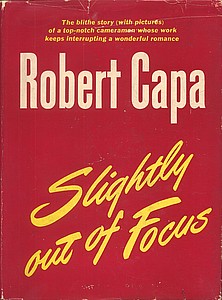
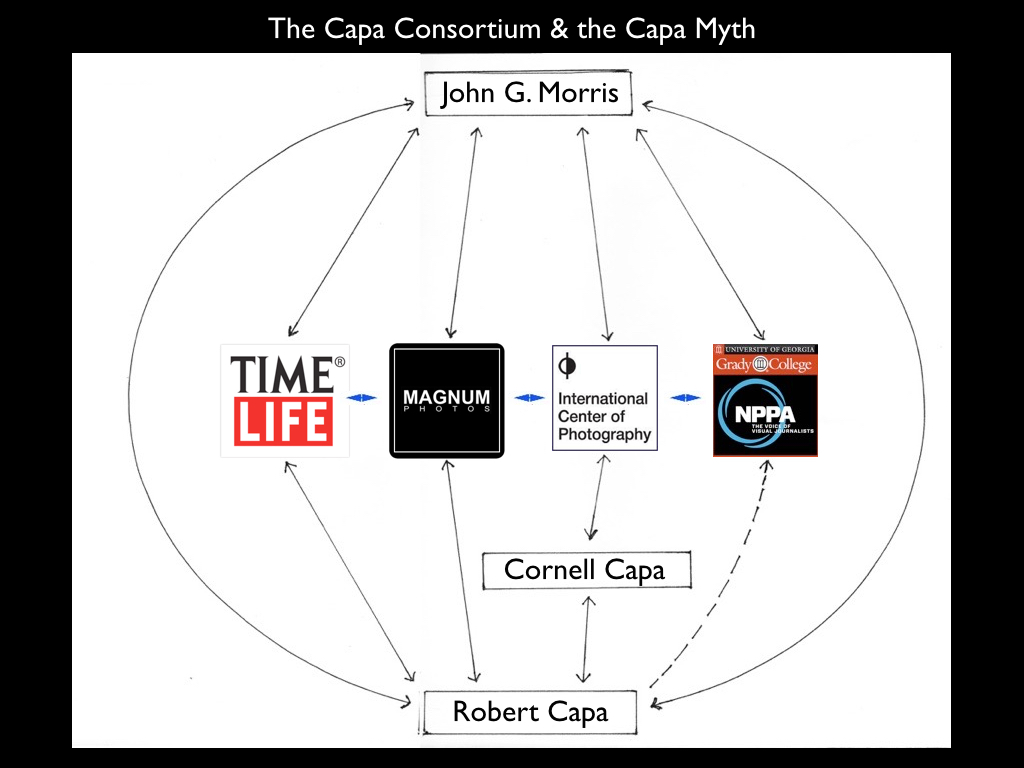
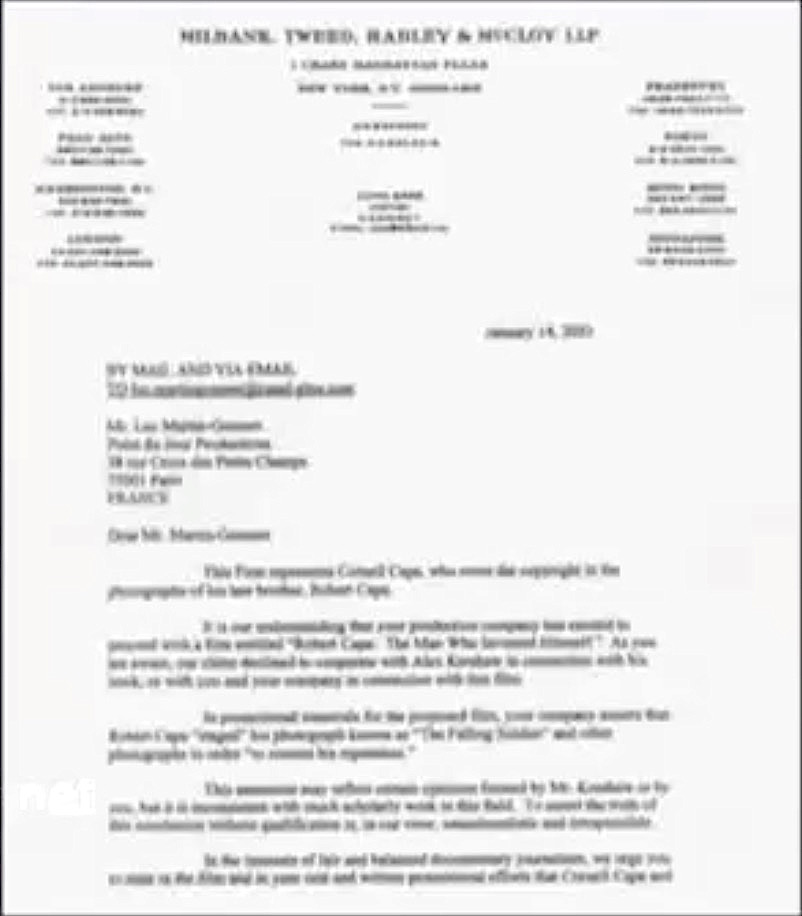
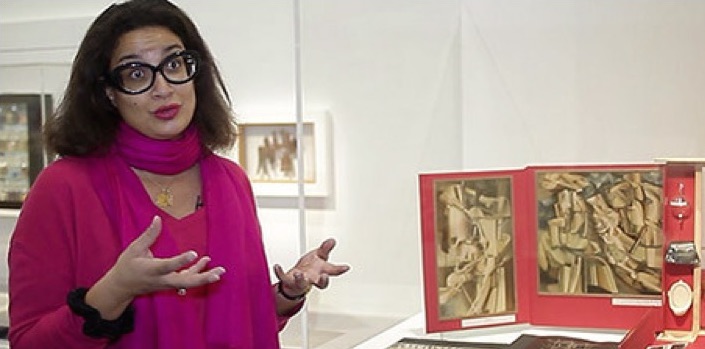

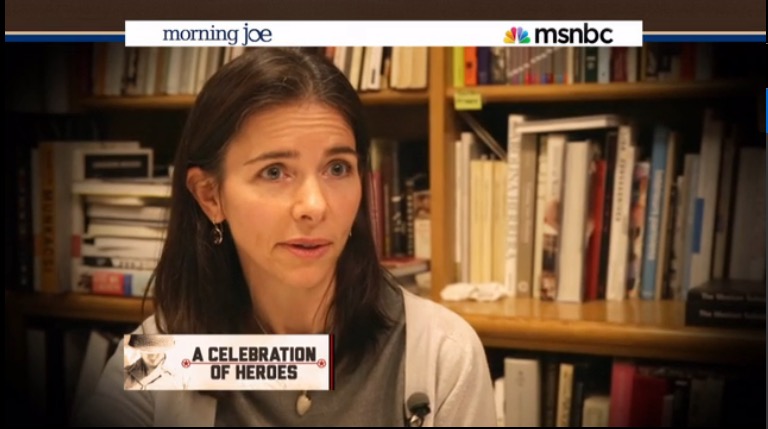
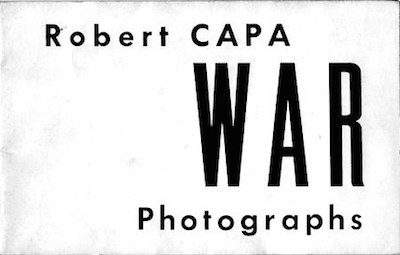




Leave a Comment